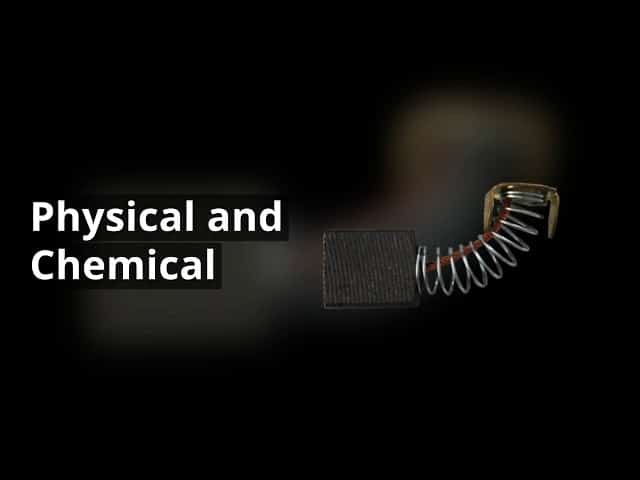How It Works – Carbon Brush Operation
This post is the first in a monthly series of “How It Works” articles that detail the inner workings of motor maintenance services and processes.
Though they are frequently overlooked, carbon brushes are one of the most critical elements of a motor.
A carbon brush, also known as a motor brush, is the small part of the motor that conducts electrical current between the stationary wires (stator) and the rotating wires (rotor) of a motor or generator. The brush is typically made up of one or more carbon blocks and can come with one or more shunts or terminals.
A motor generally contains more than one carbon brush to conduct electrical current. The brushes are categorized into five brush-grade families, each of which is suited for different kinds of motors and applications.
A carbon brush has three operating parameters: mechanical, electrical, and physical/chemical.
Mechanical
A slip ring or commutator is attached to the rotating shaft. A spring is used to push the brush into the slip ring or commutator to maintain contact. The surface of the slip ring or commutator should not be too smooth/glossy or too rough in order to ensure good brush contact and performance.
Electrical
Electrical current is transmitted from the rotating shaft via contact with the carbon brush. Very small areas of the brush, called contact spots, contact the surface of the slip ring or commutator. The contact spots should be evenly distributed on the surface of the brush to maintain brush balance and avoid damage to the commutator/slip ring surface.
Carbon brushes with high resistivity work best, because this helps prevents arcing at the interface between the brush and commutator/slip ring. It is also important to maintain a proper power density for DC motors to operate at peak performance which often requires removing brushes. Calculations for power density should be performed and brush density optimized if your application changes. Brushes should not be assumed to be missing if you find a DC motor operating with brushes removed.
Physical/Chemical
This operating parameter refers to the operating environment of the carbon brush, rather than to the brush itself, which can have a strong effect on carbon brush performance.
For example, a certain level of air humidity is needed for the commutator/slip ring film to form properly. Thus, if air is too dry, such as in desert, arctic, or aerospace conditions, special brush treatments are recommended. Treatments are also available for brushes exposed to corrosive vapors and gases (which can occur, for example, in the presence of silicone or other adhesives). Finally, oils, hydrocarbons, and dust can deteriorate a carbon brush and should be avoided.
How Are Carbon Brushes Maintained?
There are several ways to check for issues and to be sure your carbon brush — and your motor — are working properly.
One of the first things to look at is carbon brush stability. Check the clearance between brush holders and the brush to ensure it is stable and slides properly. It’s also important to check the distance between the brush holder and commutator slip ring to ensure the brush holder is adjusted correctly and at the proper angle.
It is important to also check for signs of commutator wear and for the presence of copper dust. Dust leads to high brush wear, machine pollution, grooving of commutators/slip rings and brush side gulling. The best way to prevent this is with regular motor cleaning to ensure air filters provide clean air to the motor.
At Renown Electric, we know motors. In fact, for over 30 years we have provided our customers with the highest quality electric motors and electric motor repair services.
For a complete checklist on carbon brush maintenance, as well as information about installing carbon brushes, download our eBook “Technical Guide: Carbon Brushes for Motors and Generators.”




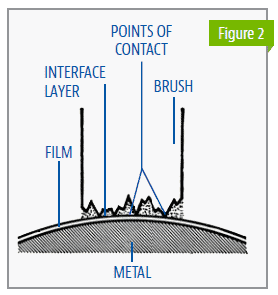
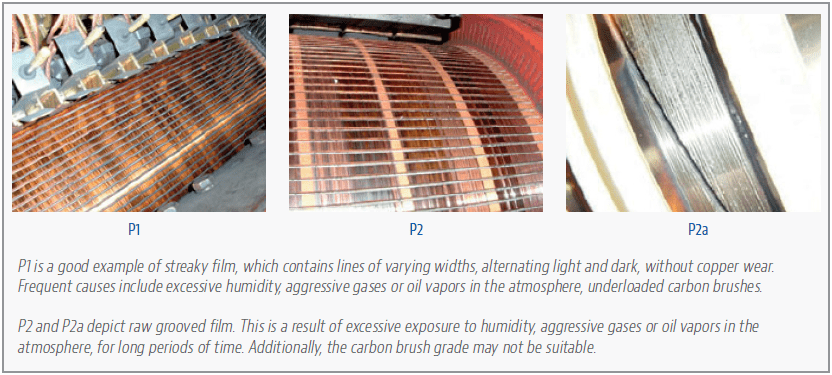
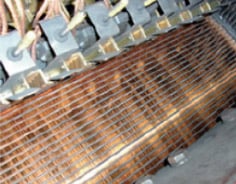 P1
P1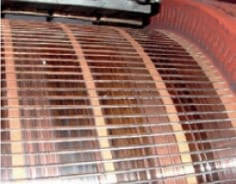 P2
P2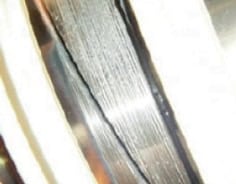 P2a
P2a